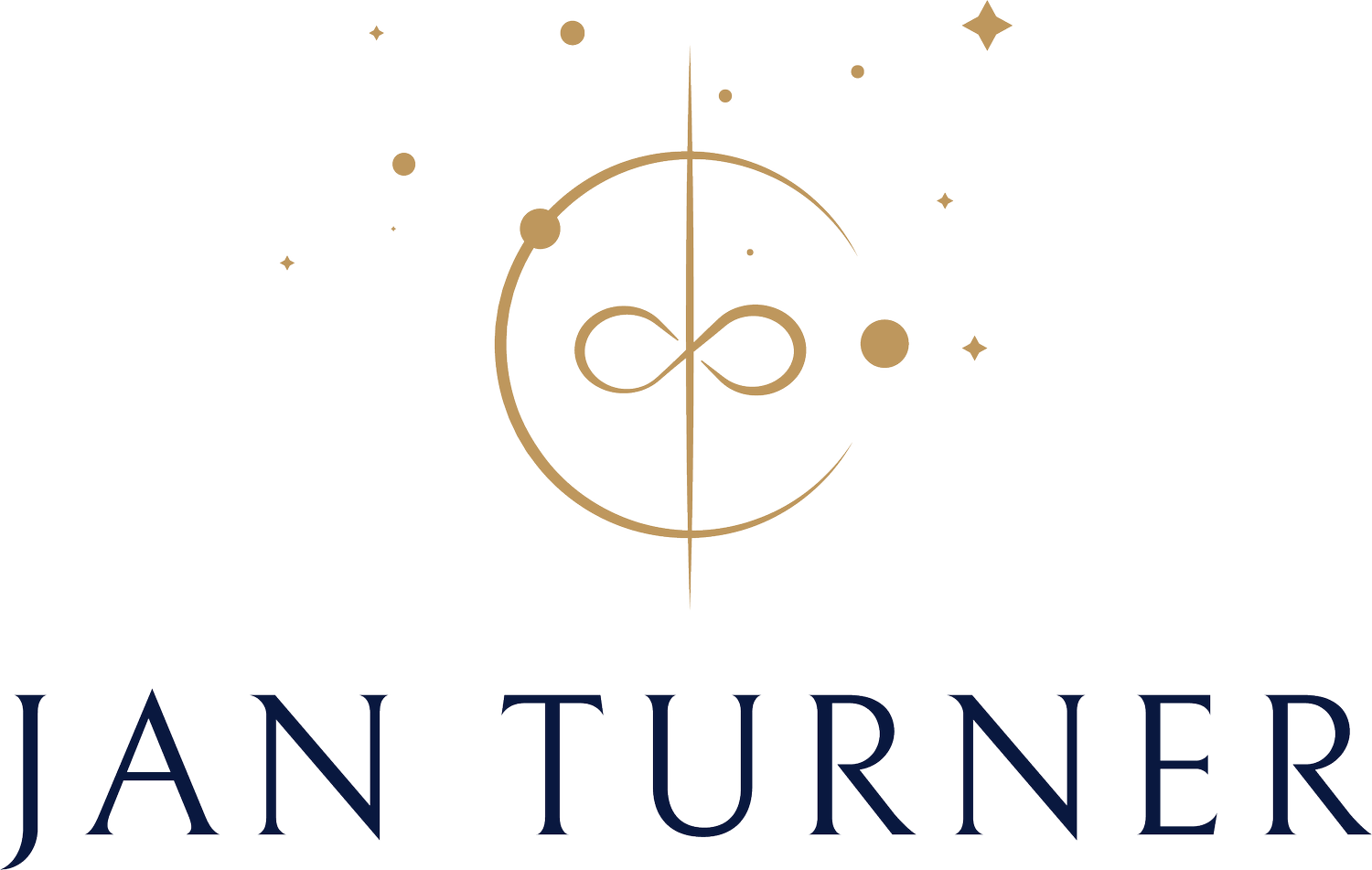What Leadership Development Really Means (Hint: It’s Not About Titles)
Leadership development is often misunderstood. In many organizations it’s equated with external markers like promotions, certifications, training programs or access to high-profile projects. While those structures and experiences matter, they only scratch the surface of what it means to truly grow as a leader.
Real leadership development isn’t about the next role. It’s about cultivating the internal capacity to meet complexity with clarity, presence and integrity no matter what your title.
That transformation happens not through adding more skills or frameworks, but by expanding into who we already are.
What It Actually Looks Like
The kind of leadership development that creates lasting impact often unfolds quietly. Here are some of its characteristics:
Learning to sit with discomfort rather than rush to solutions.
Becoming aware of your emotional reactivity and choosing to pause.
Building the capacity to give feedback that is both courageous and compassionate.
Recognizing when you’re leading from fear or urgency rather than intention.
Staying grounded amidst ambiguity, uncertainty or pressure.
These aren’t just soft skills. They are core to leading teams that shape culture positively and navigate change effectively. The Center for Creative Leadership calls them aspects of “vertical development” – it’s not about what you know, but how you see and relate to yourself, others and the world.
For Individuals: What Are You Doing to Grow Your Leadership?
Whether or not your job description includes “leader” you are likely already influencing others. Here are some reflection prompts to consider:
When was the last time you intentionally slowed down to reflect on your leadership style?
Where are you leading from habit or fear and where are you leading from vision?
What feedback have you resisted and what might it be trying to show you?
Are you creating space for curiosity, creativity and reflection in your daily work?
Growing your capacity as a leader often means confronting the edges of your own discomfort. It means noticing where you’re reactive instead of responsive and having the courage to do something different. These “developmental edges” are unique to each of us and are where the real work and promise lie.
For Organizations: What Kind of Leaders Are You Growing?
Organizations committed to sustainable success need to ask more than “Who’s next in line for this role?” They need to ask:
Are we creating space for deep self-reflection and inner work – not just skill-building?
Do our systems reward self-awareness, collaboration and resilience or just performance under pressure?
Are we modeling the kind of leadership we want to cultivate, especially in our senior teams?
How are we supporting our leaders to grow in complexity and not just in scale?
Are we using coaching as a high-impact investment in developing human-centered leaders at scale or to manage performance issues? (hint: how do your strongest performers react to opportunities to be coached?)
Let’s take coaching as a case-in-point: The International Coaching Federation notes that leadership isn’t a fixed trait. It’s a capability that can be strengthened with the right support. In fact, an ICF study found that 86% of companies that invested in coaching saw a positive ROI including improved team effectiveness and retention.
And New Ventures West’s Adam Klein has noted the vital importance of moving beyond solely coaching behaviors or competencies to enable effective leadership development. He offers this contrast, “While traditional coaching might ask ‘What do you want to achieve?’ Integral Coaching asks ‘Who are you becoming in the process?’”
Why This Matters Now
In an age of accelerating complexity, burnout and workforce realignment, leadership that is performative or reactive no longer suffices. What’s needed are leaders who can hold nuance, communicate clearly and stay grounded amidst ongoing change.
This is the deeper work of leadership development:
To lead with clarity when the path is uncertain.
To choose connection when pressure tempts us into disconnection.
To lead not from fear but from purpose.
To lead with compassion when hard decisions and tough conversations must happen.
It’s not always glamorous and it’s certainly not soft, but it’s what sustains great leadership and strengthens organizations over time.
Final Thoughts
What if leadership development wasn’t a “check-the-box” training program or a promotion plan for the senior-most roles, but a process of becoming more fully and authentically yourself so you can move forward with intention and care and create deep, sustainable impact in collaboration with others?
If you’re an individual wondering how to grow in this way or part of an organization aiming to cultivate this kind of leadership, I offer that now is the time to ask different questions.
Because how we develop our leaders shapes not just their future but the very culture, resilience, and humanity of our workplaces today.
